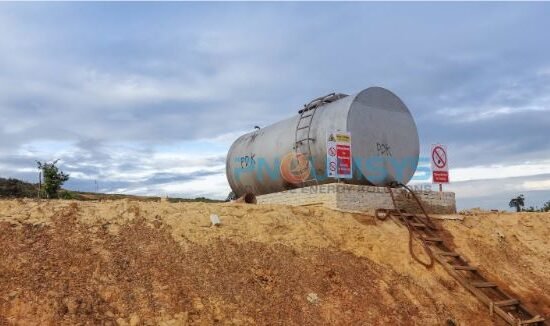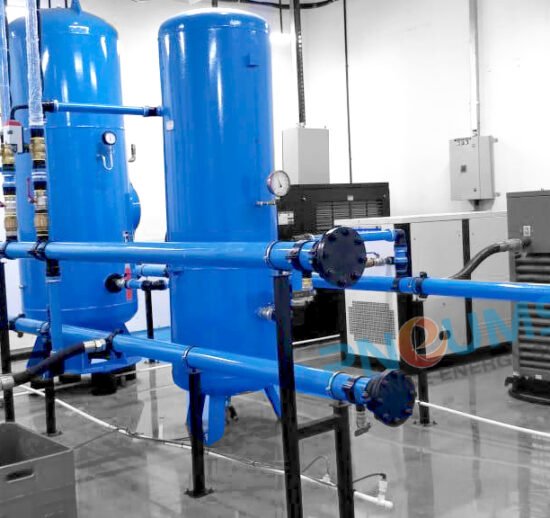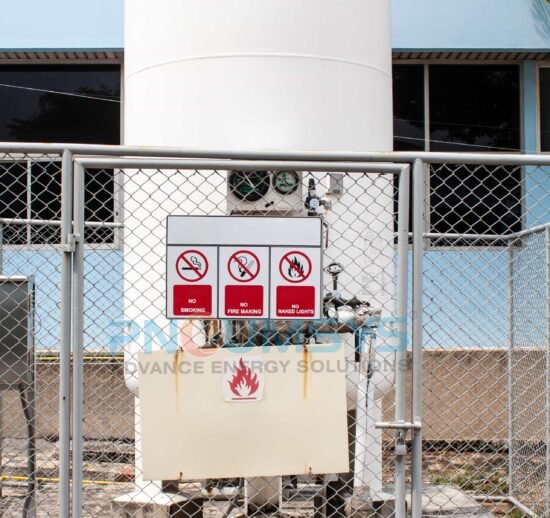In essence, this is an industrial water cooler pipe solution. According to reports, the network of cooling towers is largely open due to dissolved oxygen, salts, or acids; therefore, GI pipes are utilized to prevent internal pipe wear and erosion as well as fouling.
As we discuss the utility section, modified pipe offers a number of advantages over other techniques used to reinforce the steel or iron due to the fact that they are coated with zinc.
Even galvanized pipes have problems, while being practical for a variety of purposes. Therefore, it becomes essential that you use the services of reputable Ms and Gi pipes when making the purchase.
Benefits and usability of galvanized pipes Best suited for large constructions projects
If we put it like way, solutions made for industrial use through the galvanization process are mostly selected for use in significant construction projects. Irrigational applications and piping solutions for sewage treatment facilities and industry are a few of the utilities.
The only explanation for this is their robust construction, which keeps them resistant to rust and wear.
Inexpensive piping solution The cost of tubes created using this procedure is often relatively low because galvanization is one of the least expensive methods for preserving steel or iron.
Low cost of upkeep Because these machines require less maintenance, their overall cost remains relatively low over their lifespan. Because of this, MS GI pipe solutions are a good choice for applications that
To put it another way, knowing what type of piping solutions to use in a specific application can help extend the life of a system or prevent a catastrophic failure. In addition, we have a dedicated team of service engineers at their Mumbai and Bangalore offices.
Systems for Piping Solutions The ASHRAE Fundamentals Handbook and the ASHRAE HVAC Systems and Equipment Handbook must be used to design and size all piping systems.
In general, HVAC systems must use parallel piping solution systems with a two-pipe main distribution system configured in reverse return. If used, the series loop piping framework for terminal or branch circuits must include automatic flow control valves at terminal units (all types of heat transfer units).
Furthermore, each terminal unit or coil must have isolation valves on both the supply and return lines, as well as a flow indicating balance valve on the return line. All major branches, such as each floor level, building wing, or mechanical room, must have isolation valves.
A pumping and piping arrangement with constant volume primary pumping and variable volume secondary pumping is generally appropriate for new chilled water HVAC distribution.
The primary and secondary circuits must be kept separate, with neither influencing the pumping head of the other. The primary circuit supplies power to the source equipment (chillers), while the secondary circuit supplies power to the load. Additional requirements can be found in this chapter’s section on Pumping Systems.
Cathodic Defense A soil resistivity test must be performed to determine the need for metal protection for underground piping.
As a result, cathodic protection or other methods of preventing pipe corrosion must be provided if necessary
Piping For piping material a commercial standard should be used.
Piping Isolation at the Equipment To facilitate equipment repair and replacement, isolation valves, shutoff valves, by-pass circuits, flanges, and unions shall be provided as needed for piping at equipment.
Boilers, chillers, pumps, coils, terminal units, and heat exchangers are examples of equipment that requires isolation. Valves for zones off vertical risers must also be provided.
Piping Provisions in Earthquake Zones To allow for movement in seismic zones, the piping solution must be at least 25 mm (1 inch) larger than the pipe.
At the bottom of pipe risers, flexible couplings must be provided. Spreaders must be used to separate adjacent pipes unless the distance is sufficient to prevent contact in the event of an earthquake.
Supports for piping We offer channel supports for multiple pipes as well as heavy duty steel trapezes for multiple pipes.
Furthermore, the hanger and support schedule must include the manufacturer’s number, type, and location.
For pipe hanger selection, follow MSS SP69. In all mechanical rooms, spring hangers and supports must be provided.





